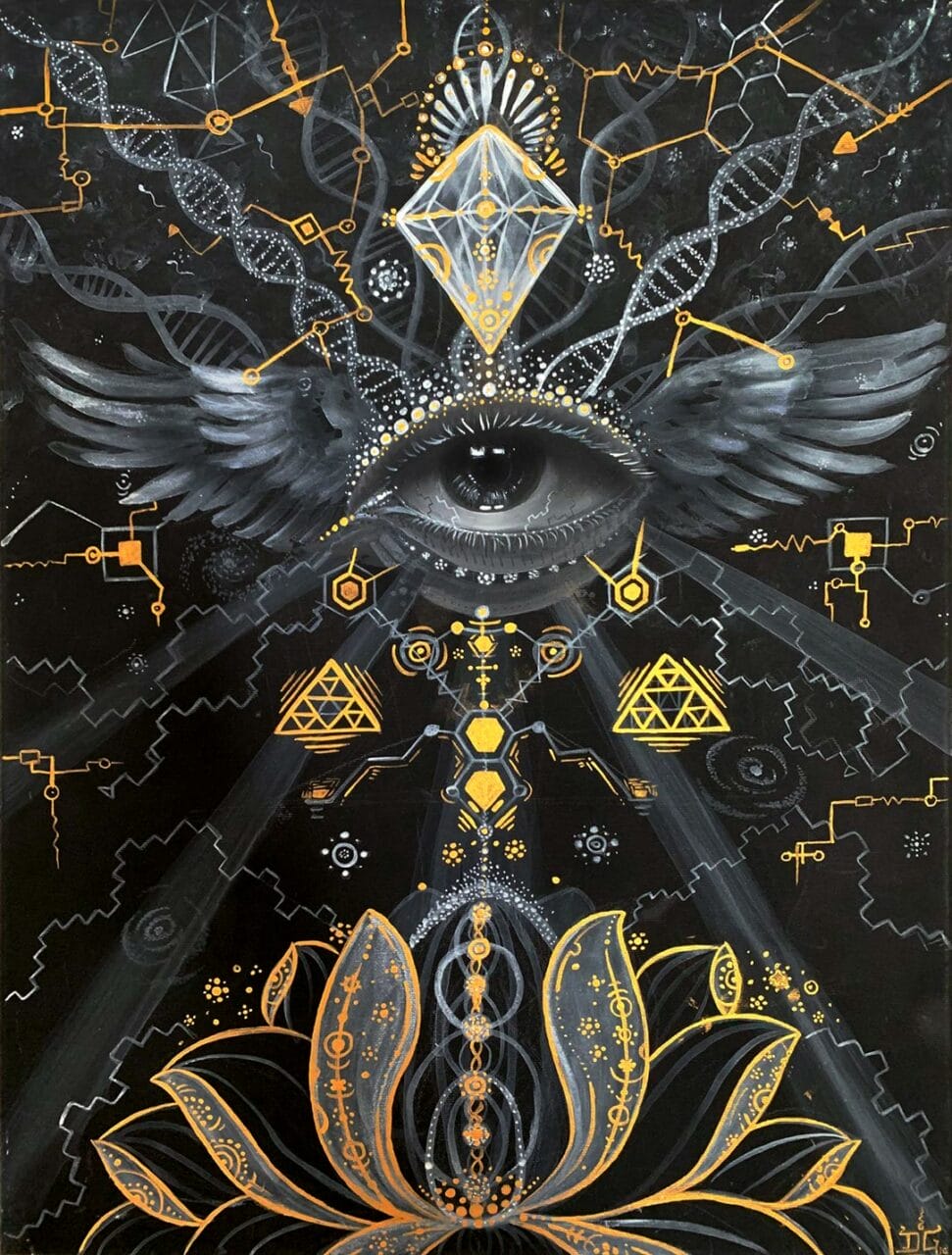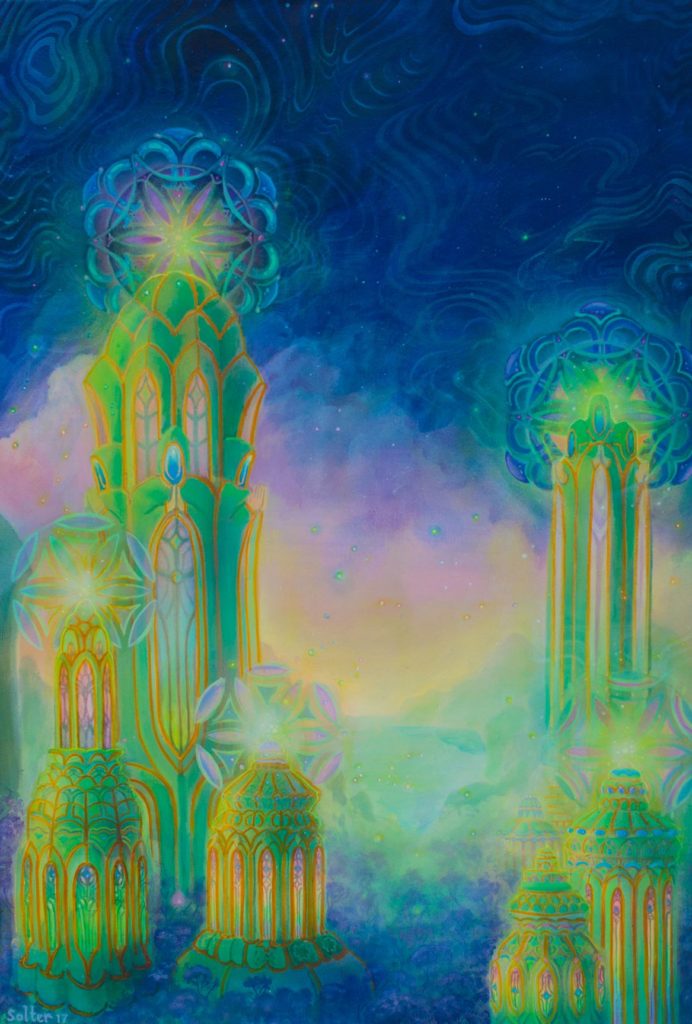
© Uni Kaya
A Historical Perspective on Shrooms
Shrooms have a deep-rooted history dating back to 9000 BC according to historical accounts. These unique mushrooms, boasting over 200 species, contain psilocybin, a compound known for its hallucinogenic properties. The effects can range from altered perception and hallucinations to profound spiritual experiences. These mushrooms have been used in religious ceremonies, rituals, and spiritual practices by many cultures and tribes over thousands of years, especially in North and South America.
Shrooms in Ancient Times
Historically, many cultures have made use of natural psychedelics. For instance, evidence found in the Sahara Desert suggests that humans were using Psilocybe Cubensis over 7000 years ago. Archaeological findings point towards the depiction of this psychedelic substance in prehistoric art across various regions. For instance, indigenous tribes of North Africa in the Sahara portrayed its use in paintings dating back to around 9000 BC. The famous Selva Pascuala mural rock painting in Spain, which is around 6000 years old, indicates the use of Psilocybe Hispanica in religious practices. The influence of these substances on cultural evolution, religion, art, societal norms, and everyday life is increasingly apparent. They have undoubtedly made a significant impact on our culture and society.
A Brief History of Magic Shrooms Use
Historically,magic Shrooms have been consumed for a long time. The psychoactive substance known today has a history spanning several centuries, with varying practices related to its use. Why not appreciate nature’s gifts? It’s time for Powerful Magic Mushrooms Canada to delve into the historical journey that has brought Shrooms to its current standing.
Key Points
- Dried Shrooms have been utilized in traditional rituals and spiritual healing for centuries. Today, they are used as a treatment for mental health conditions.
- Shrooms became a staple of the hippie culture, playing a significant role in the psychedelic revolution and promoting its recreational use.
- Key figures like Wasson, Sabina, and McKenna were instrumental in introducing psilocybin to the modern world.

© Jonathan Solter
Endorsing the Stoned Ape Theory
The Stoned Ape Hypothesis was put forth by Terence McKenna, who proposed that the psilocybin mushroom may have contributed to the cognitive development of humans. Despite facing some criticism, the intriguing nature of this theory is undeniable.
Ancient Civilizations and Sacred Ceremonies
Ancient societies revered the Shrooms by incorporating them into their symbolic art and statues, signifying their ceremonial usage. Cultures like the Mayans and Aztecs used them for contacting supernatural beings, including their gods. The Aztec community, rich in cultural diversity, referred to it as “teonanácatl“, which translates to “god’s flesh”. The concept of a psychedelic experience was alien to them, leading them to consider it as a divine entity. Heading north to Siberia, Siberian shamans employed hallucinogenic Shrooms for spiritual healing and traditional practices, despite their toxic characteristics. The usage of this hallucinogenic substance, known as “Amanita Muscaria”, dates back approximately ten thousand years. In African rituals, specifically of the Congo and Zimbabwean tribes, Shrooms were used for communicating with ancestors, inducing visions, and promoting spiritual healing. These historical societies have shaped the modern context of psilocybin usage. The reverence for this substance in these cultures was due to its divine connection and ability to trigger mystical experiences.
Shrooms in Legends and Folktales
Several stories, including those by Gordon Wasson, have highlighted the association of Shrooms with the spiritual world, emphasizing its role in folklore and mythology as a medium for divine communication and illumination. In ancient India, the Soma—a ceremonial beverage mentioned in the Vedas—was thought to lead to altered states of consciousness. Scholars like Wasson suggest that it might have been brewed from psychoactive plants, specifically fly agaric. Some even speculate that this ancient drink might have been a blend of different plants. Regardless of its origins, the psychedelic history suggests that Soma facilitated the appearance of sacred symbols during ceremonies, symbolizing a path to greater wisdom or spiritual awakening.
The Contemporary Period
A Brief Overview of the
Genesis
Historical documents from the era before Columbus arrived in the Americas show that the Mayans and Aztecs utilized psilocybin Shrooms. The Spanish authorities in the 15th and 16th centuries, however, deemed its use as uncivilized and imposed a ban on it. Despite this prohibition, shamans secretly continued to use magic Shrooms, thus keeping their cultural traditions alive for over four centuries.
Resurgence in the Western World
The 1950s witnessed a resurgence of these substances in the Western world, largely due to the pioneering work of individuals like R. Gordon Wasson, Roger Heim, and Albert Hofmann. During a visit to Mexico, they successfully isolated the two psychedelic compounds (psilocybin and psilocin) found in the Shrooms acquired from the Mazatec tribe. Wasson later shared his explorations, uses, and discoveries about magic Shrooms in Life magazine. His articles and personal narratives contributed to its recognition as a potent hallucinogenic substance. By the advent of the 1960s, the substance had evolved into a symbol of the Hippie movement and was perceived as a portal to spiritual experiences. However, its use also provoked substantial controversy and sparked a revolution in the recreational usage of hallucinogenic substances.
Additional Development: Worldwide Prohibition
In 1971, the United Nations Convention on Psychotropic Substances included psilocybin in the Schedule 1 list of illegal drugs, along with Lysergic Acid Diethylamide and N, N-Dimethyltryptamine. These substances were collectively considered as having no medicinal value and a high risk of abuse. This led to a wide-scale criminalization in Western nations, including Canada and the U.S., significantly limiting the spiritual and therapeutic uses of the substance.
The Modern Renaissance of Psilocybin
Recently, the strict laws controlling the use of psilocybin have been relaxed, beginning with its decriminalization. This development is consistent with the UN’s permission for member nations to regulate the substance based on their individual discretion. Simultaneously, a growing body of research and clinical trials related to psychedelics and consciousness have provided strong evidence for the potential medicinal benefits of psilocybin. A 2021 study investigating the therapeutic use of psychedelics suggests that the 1970 ban greatly hindered further research. However, an initial study in 2004 reignited interest in psilocybin, suggesting potential applications in neuropsychiatry, particularly in treating mental health disorders such as:
- Depression, Anxiety, and Stress
- Post-traumatic Stress Disorder (PTSD)
- Obsessive-compulsive Disorder (OCD)
- Drug Abuse (Aiding in Addiction Recovery)
- Excessive Alcohol Consumption and Drugs)
Media and Art’s Influence
The growing conversation around psychedelic cubes has led to their portrayal in various mediums. This resurgence of interest in these substances is fueled by their depiction in media, art, and literature. Movies such as “Fantastic Fungi” by director Louie Schwartzberg, and documentaries that delve into their therapeutic potential, have expanded public understanding of their psychological and physical effects. Michael Pollan, the author of “How to Change Your Mind,” has studied the use of psychedelics for mental health and spiritual development, consequently rekindling interest in their societal and therapeutic value.
Prominent Historical Advocates of Fungi
- María Sabina: María Sabina, a Mazatec shaman and poet from Mexico, contributed to the introduction of cubes to the Western world. She allowed Wasson to observe her Shrooms rituals.
- Gordon Wasson: Wasson, as a writer, gained recognition for drawing global interest to the drug. His detailed accounts of his experiences with Sabina contributed to a broader understanding of its indigenous usage.
- Terence McKenna: A key supporter of psychedelics, McKenna was instrumental in emphasizing their cultural and philosophical significance. Through his speeches, writings, and research, McKenna popularized the “Stoned Ape” theory, presenting it as a cognitive enhancement tool that shaped society.
The Journey – A Concise Overview
with TRD.
| Prehistoric | Prehistoric use is demonstrated by stone art discovered in the Sahara, Africa | |
| Ancient | The Maya and Aztec civilizations incorporated teonanácatl into their religious and spiritual rituals. | |
| 16th Century | Usage was discouraged due to its association with Indigenous practices | |
| 18th Century | In 1799, the intoxicating effects of the drug were noted when four children inadvertently consumed Psilocybe Semilanceata, highlighting the potential risks of its use. | |
| 20th Century | The drug was brought to the Western world by Wasson and Sabina, sparking the psychedelic revolution among the hippies. The UN legalized the possession and consumption of the substance. | |
| 21st Century | Clinical trials to validate its medical efficacy are
| The popularity of psilocybin mushrooms is on the rise. Health Canada has sanctioned a Special Access Program for its application. |
|
The Emergence of the Psychedelic Era and Beyond Salvation | Purchase Shrooms Online at Powerful Magic Mushrooms Canada
The consistent use of cubes at Powerful Magic Mushrooms Canada, backed by rigorous scientific studies, will persistently expand until it attains worldwide recognition. Powerful Magic Mushrooms Canada’s online Shrooms store stands ready to facilitate this evolution. Our extensive selection of products appeals to customers, inspiring them to embark on the intriguing and therapeutic journey of psilocybin. Secure your preferred items from Zoomies today.
Commonly Asked Questions
No, Amanita Muscaria does not possess the active ingredients found in Psilocybe Cubensis. Instead, it contains the psychoactive compounds muscimol and ibotenic acid. One prevalent hypothesis about Soma’s origin suggests it to be a mixture of various psychoactive plants. Likewise, ayahuasca is a beverage that alters consciousness. However, the only link between the two is the view of soma as an analogue of ayahuasca. It was examined for potential Shrooms toxicity once it was classified as a toxic Shrooms. Today, it is recognized as the Psilocybe Mexicana.

